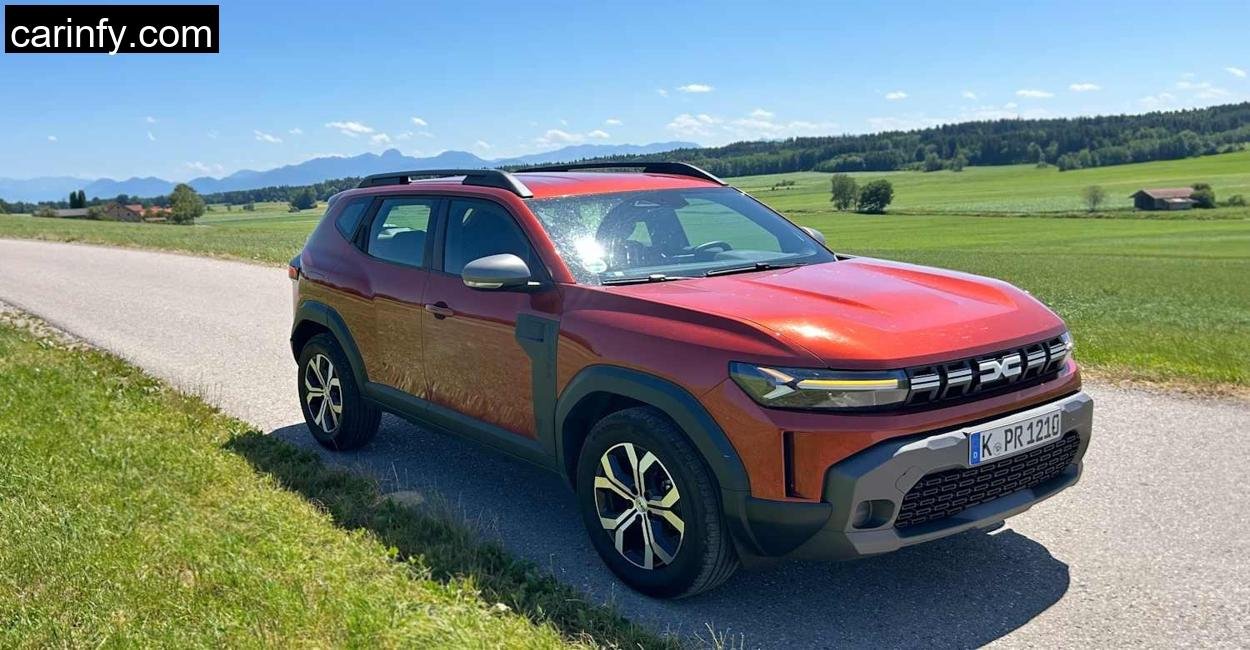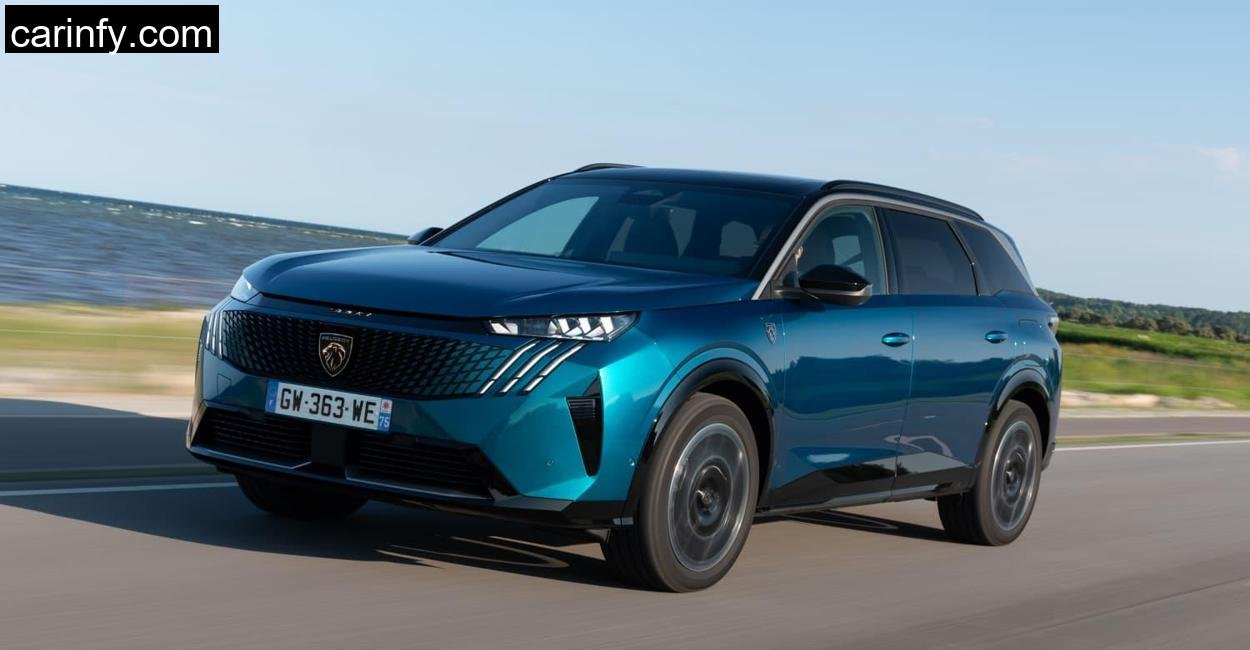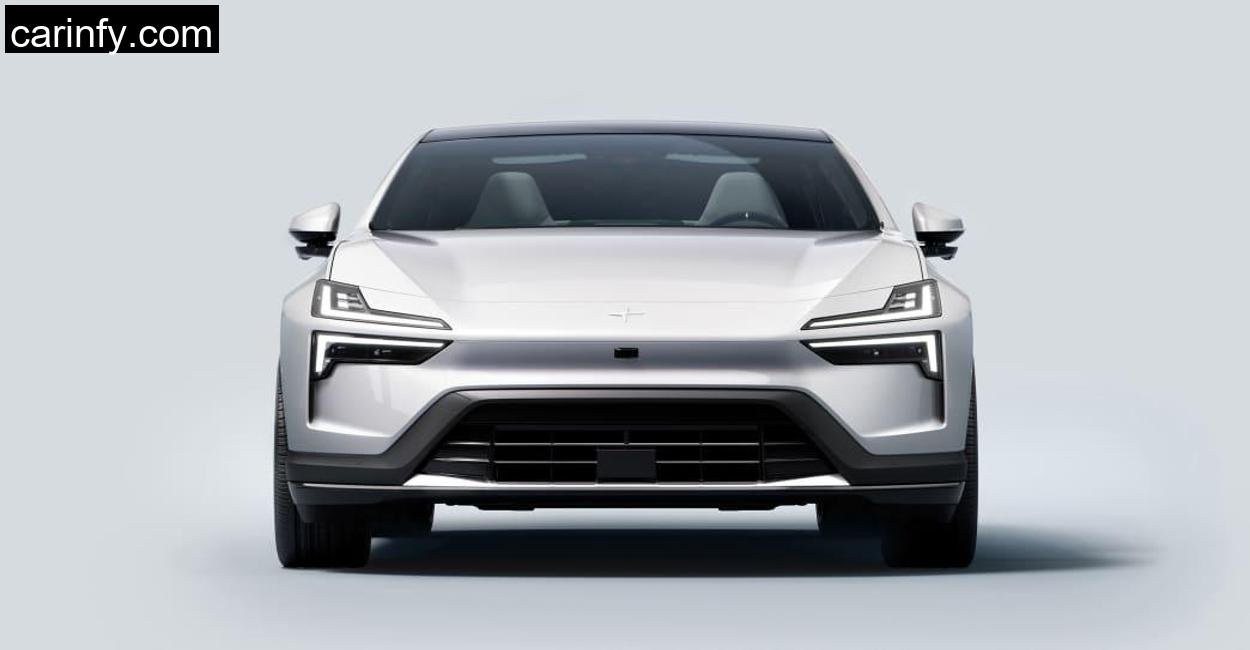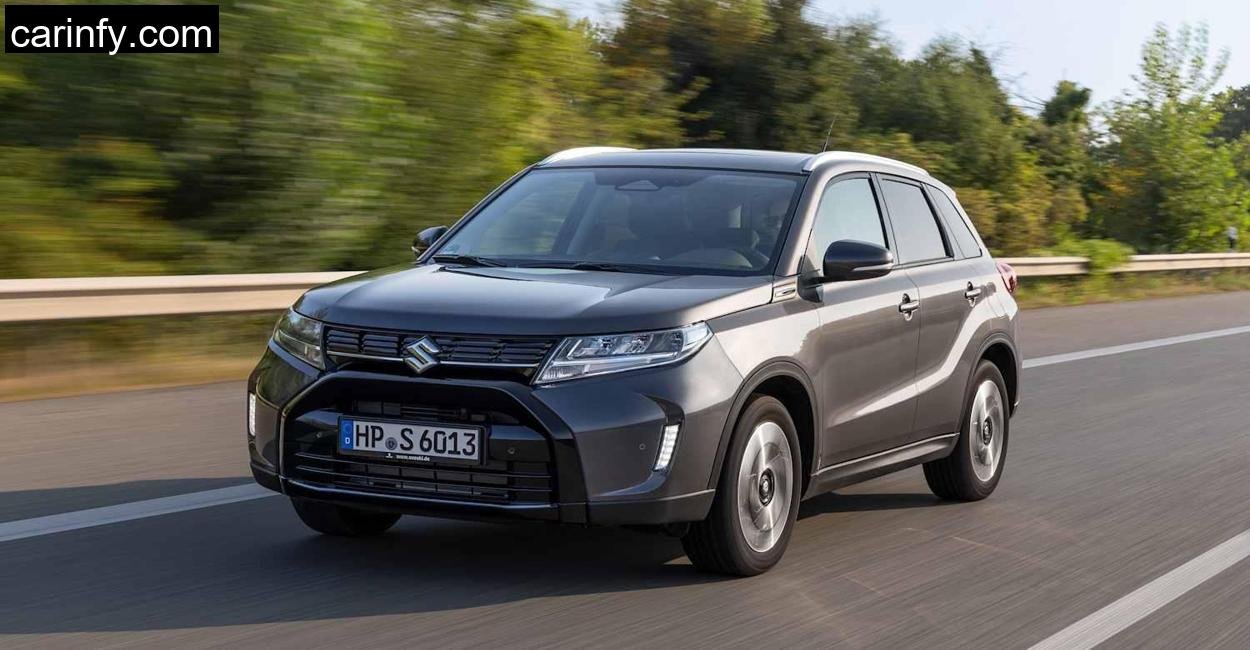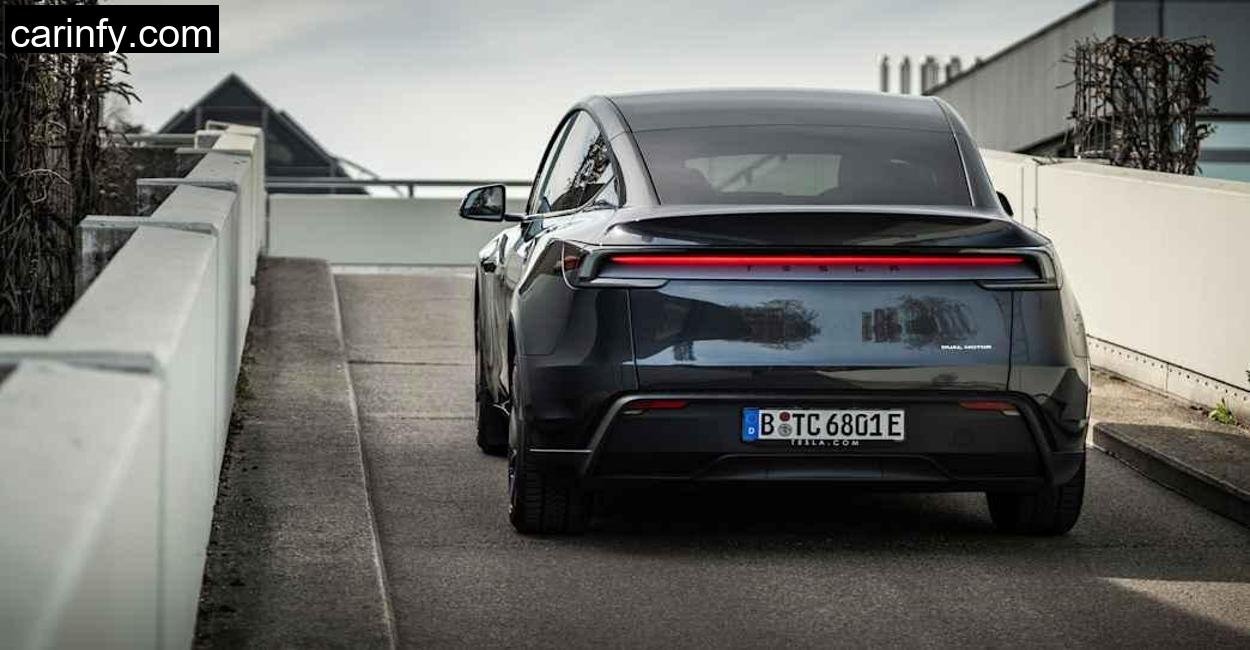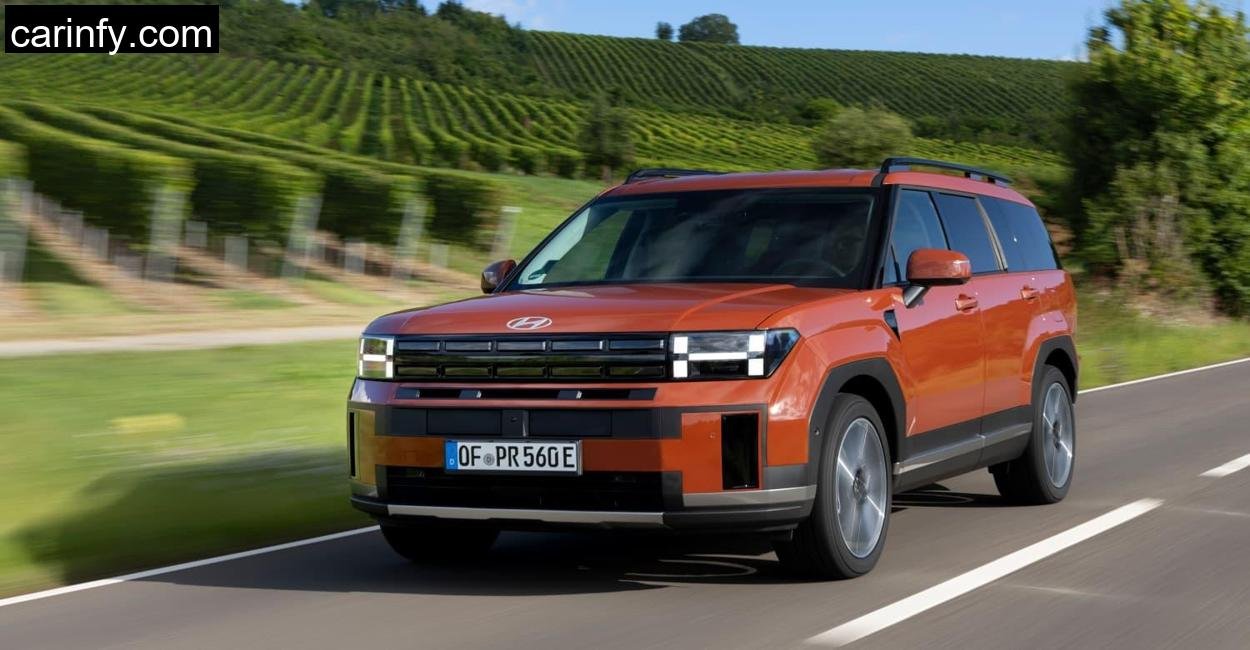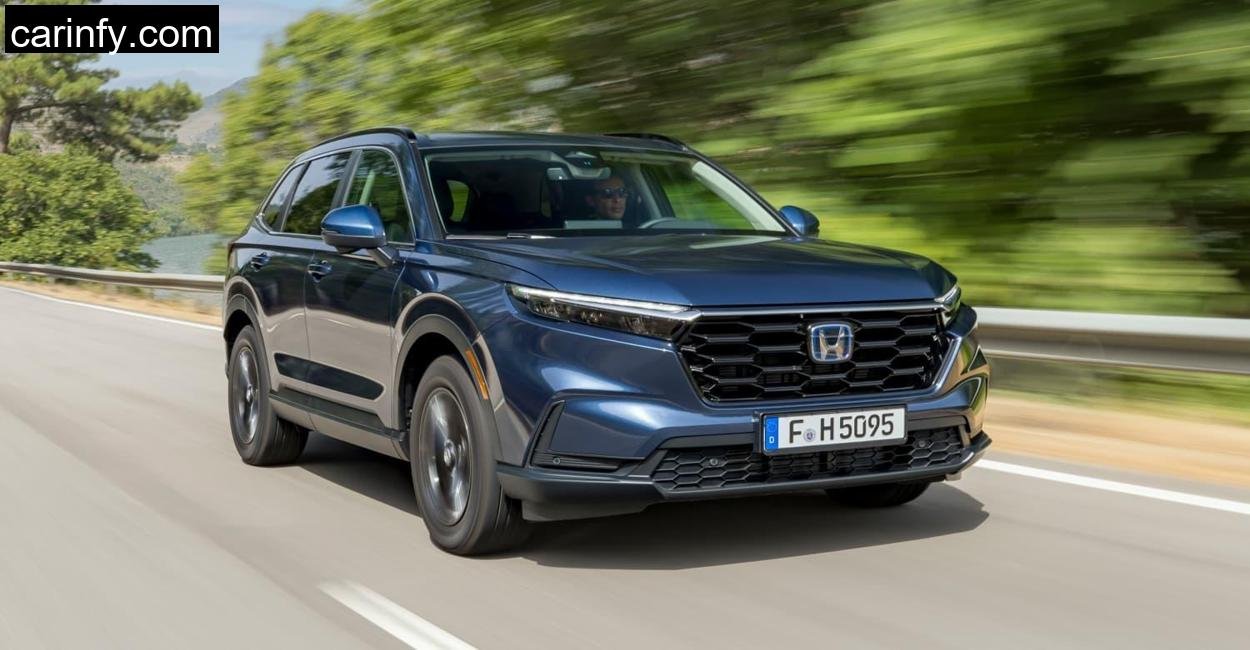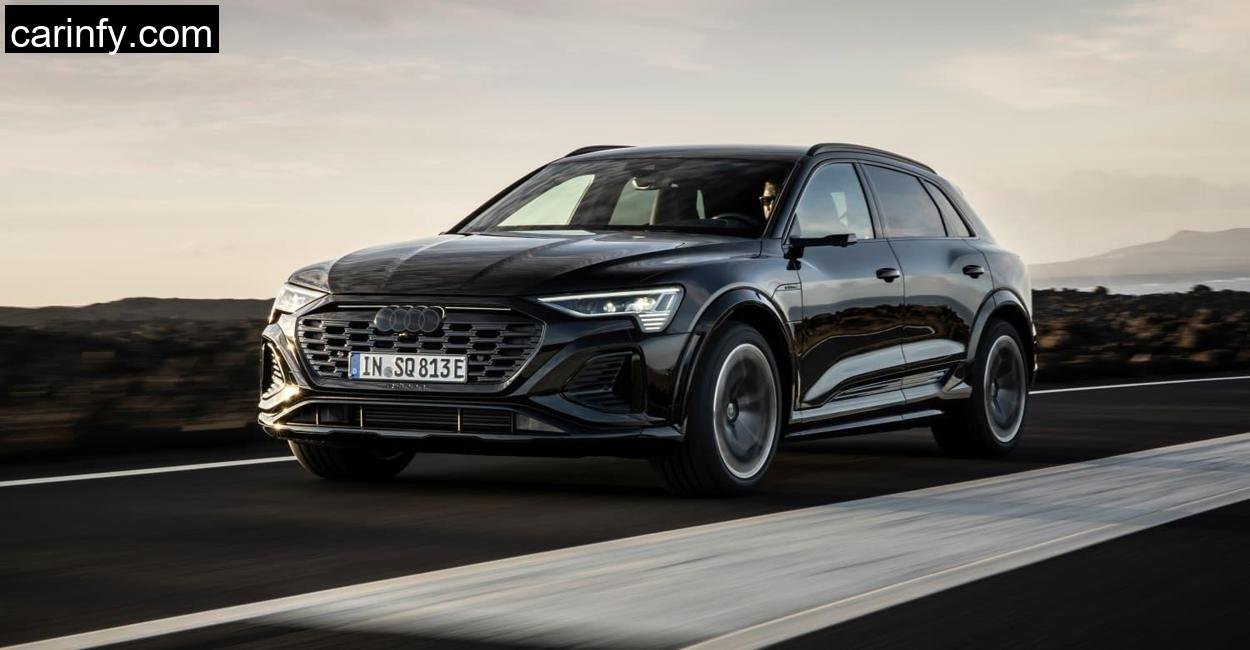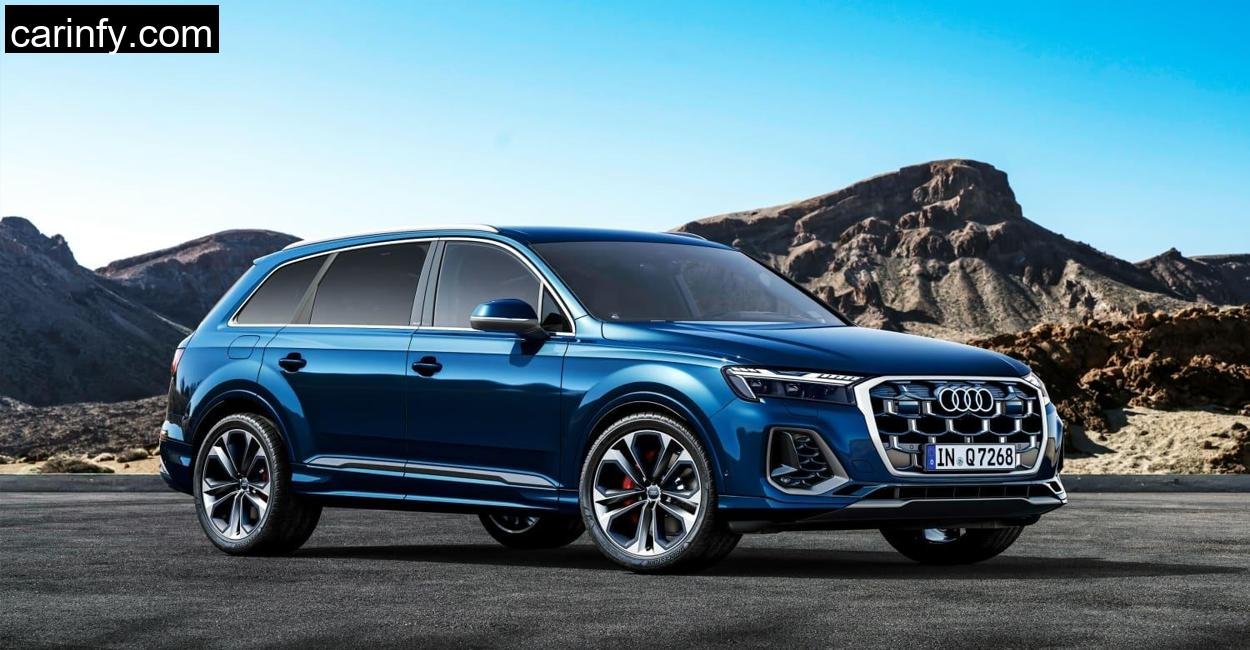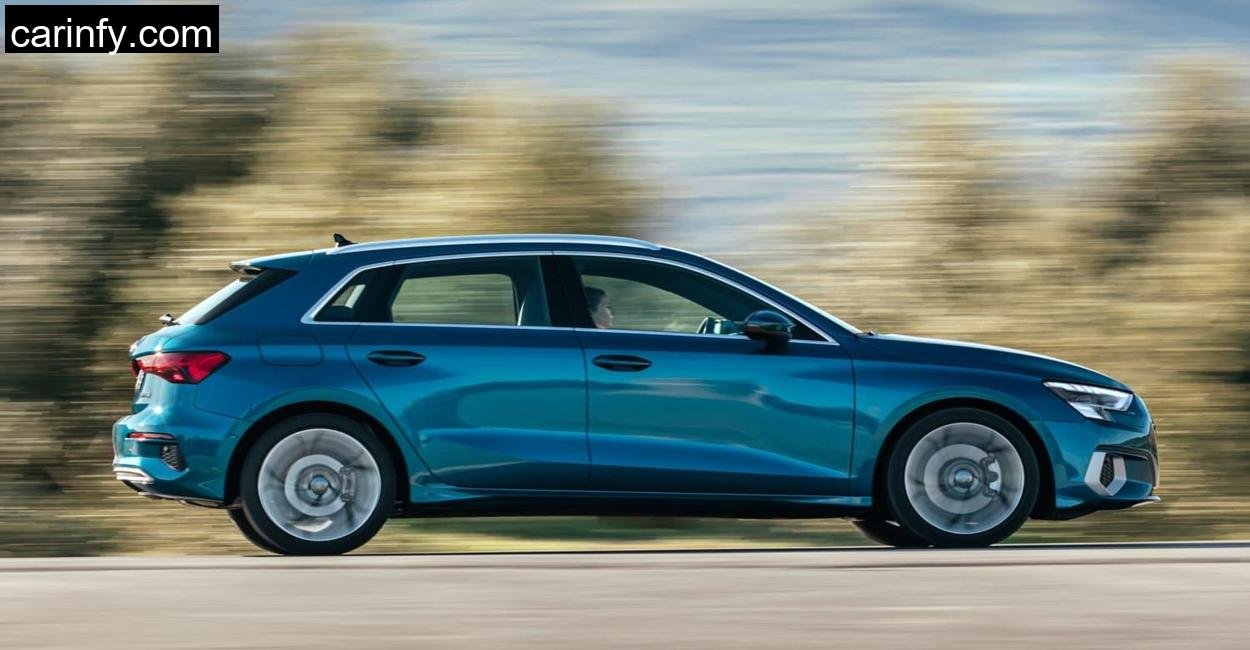The Barre des Écrins is one of France’s most striking alpine regions, a place where nature remains untamed and roads test both man and machine. It was here, in the heart of the Hautes-Alpes, that we decided to put the Dacia Duster Eco-G 100 through its paces. This third-generation Duster, equipped with an LPG-compatible three-cylinder engine, promises affordability, utility, and a touch of rugged charm. But does it deliver when the rubber meets the road, or more specifically, the gravel, snow, and sun-blasted paths of one of France’s wildest regions?
Our test vehicle came in the Expression trim level, costing just shy of €23,000 with extras, a figure practically unheard of in today’s SUV market. It’s cheap, but is it cheerful? We spent a week living with the Duster, driving it from city streets to alpine passes, to find out.
Under the Hood: Engine Specs and Driving Dynamics
Let’s begin with the heart of the machine, the Eco-G 100 engine. This 1.0-liter turbocharged three-cylinder engine is designed to run on both gasoline and LPG (liquefied petroleum gas), giving the driver the flexibility of choosing between two fuels. In LPG mode, it delivers 101 horsepower; in gasoline mode, it drops to a modest 91 hp. This dual-fuel approach is central to the Duster’s value proposition.
Technical Specification:
The technical data presented is derived from the Renault’s official online listings.
| Specification | Value |
|---|---|
| Engine | 1.0L 3-cylinder turbo Eco-G |
| Power (LPG) | 101 hp |
| Power (Gasoline) | 91 hp |
| Torque | 170 Nm |
| Transmission | 6-speed manual |
| 0-100 km/h (LPG) | 13.2 seconds |
| 0-100 km/h (Gasoline) | 14.0 seconds |
| Top Speed | 168 km/h |
| Drive Type | Front-wheel drive |
| CO2 Emissions (combined) | 123 g/km |
| Fuel Consumption (LPG) | ~7.5 L/100km |
| Fuel Consumption (Petrol) | ~6.2 L/100km |
On paper, the Duster is not a sporty SUV, and it doesn’t pretend to be. Acceleration is far from brisk, and overtaking on narrow alpine roads requires careful planning. But what it lacks in speed, it compensates with a torquey low-end, making it surprisingly capable on uphill climbs.
First Impressions: Simplicity with Purpose
The first thing you notice when approaching the Duster is its newfound sense of style. The Terracotta Brown paint job adds a rustic elegance, and sharper design lines give it a more premium stance than past models. Inside, it’s spartan but functional. Hard plastics dominate the cockpit, but Dacia has smartly used textures and design accents to make it less obvious.
There are no luxury frills here, no keyless entry, no automatic climate control, and no digital instrument cluster. What you get instead is a straightforward interface: knobs that click, buttons that press, and an infotainment system that might not win beauty contests but supports Apple CarPlay and Android Auto.
On the Road: City Streets to Mountain Passes
Driving the Duster through Grenoble and into the Écrins National Park was a journey in contrasts. In the city, the short first gear was a bit of a nuisance. You find yourself shifting into second almost immediately after rolling off. However, once on the highway, the Duster settled into a comfortable cruise, especially in LPG mode where the engine felt a touch more responsive.
The ride quality is what surprised me most. Despite its budget roots, the suspension setup is well-tuned for comfort. It absorbs potholes and rough patches without sending shockwaves through the cabin. The steering is light and non-communicative, but for daily driving and road trips, it’s perfectly acceptable.
Braking is another strong point. The pedal is sharp, perhaps too sharp for some, but once you get used to it, it adds a sense of confidence, particularly on steep descents.
Real-World Quirks: The LPG Challenge in France
Our biggest hiccup came when trying to refill the LPG tank in France. Unlike Germany’s ACME system, France uses a bayonet fitting for LPG stations, and we didn’t have the correct adapter. This meant we had to rely on gasoline for several days, not ideal since the engine loses 10 hp in petrol mode.
This drop in power was noticeable, especially on mountain climbs. The Duster felt more strained, and gear changes became more frequent to maintain speed. While the vehicle is still drivable in gasoline mode, it’s clear that its performance sweet spot lies with LPG. For cross-border travelers, carrying multiple adapters becomes a must.
Comfort and Practicality: Family-Friendly Utility

With a trunk capacity of up to 1,360 liters (with rear seats folded), the Duster is a true pack mule. We had no trouble fitting luggage, a tent, and even a folding bike into the back. The rear seats are upright but decently spacious, and taller passengers won’t feel claustrophobic.
One area where the Duster struggled was HVAC performance. On hotter days, the air conditioning seemed to give up, especially after prolonged driving. At one point, we were forced to drive with the windows down, not ideal on dusty mountain roads.
Also, despite the spec sheet saying we had lumbar support, we couldn’t find any evidence of it. The seats, while generally comfortable for short trips, did cause some lower back strain over multiple hours of driving.
Final Thoughts: Is the Duster Worth It?
After 1,200 kilometers of mixed driving, including city traffic, highways, and alpine trails, the Dacia Duster left a strong impression. It’s not perfect, the infotainment system is basic, the A/C is temperamental, and the LPG fueling experience abroad can be frustrating. But at its core, the Duster is a robust, practical, and incredibly affordable SUV that punches well above its weight.
In a world where compact SUVs are creeping into the €30,000+ range, the Duster is a breath of fresh air. It’s the honest car: no fluff, just function. And for many, especially those looking for a reliable family car or a budget-friendly road trip companion, that’s more than enough.
Can the Dacia Duster Eco-G 100 run on gasoline alone?
Yes, the Eco-G 100 version can run on gasoline, but with reduced performance, 91 hp compared to 101 hp in LPG mode.
Is LPG widely available in Dacia Duster Eco-G 100 across Europe?
It depends. Germany and the Netherlands have good LPG infrastructure, but countries like France use different connectors, requiring adapters.
How is the fuel economy for Dacia Duster Eco-G 100?
On LPG, we averaged around 7.5 L/100 km. On gasoline, it hovered around 6.2 L/100 km.
